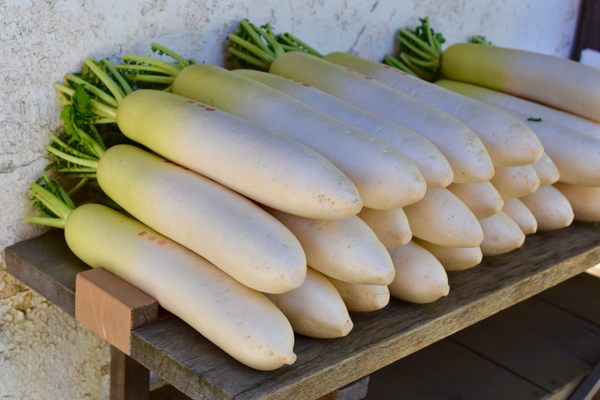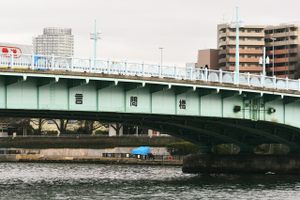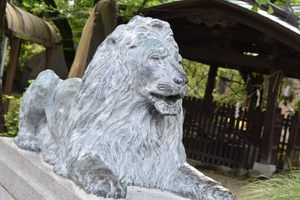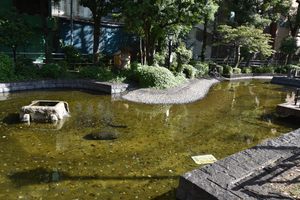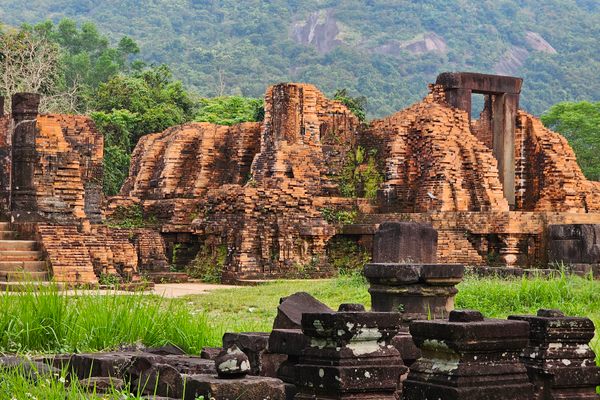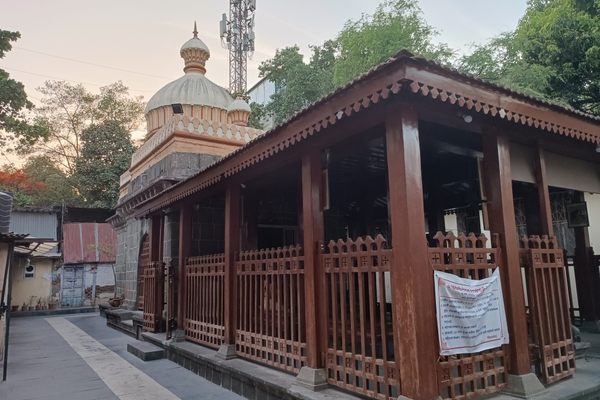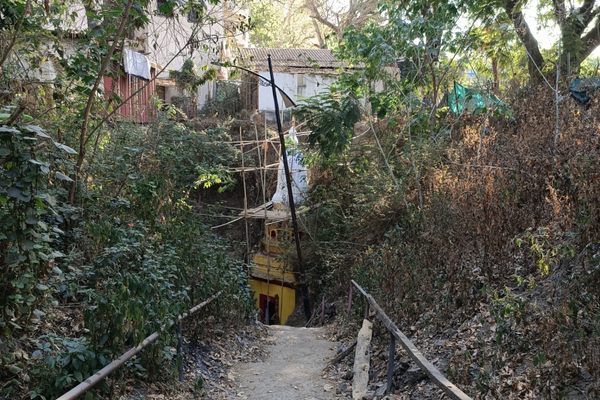About
The daikon, or white radish, is one of the most popular vegetables used in traditional Japanese cuisine and can be found at any given grocery store or supermarket. It's quite unusual, however, for a Buddhist temple to sell daikon radishes—unless it's the Honryū-in Temple in Asakusa, commonly known as Matsuchiyama Shōden.
The temple was originally established in 595 and is dedicated to Kangiten, an elusive double deity of lust, wealth, and success. This god is generally depicted as a pair of elephant-headed deities, male and female, in a perpetual embrace. Due to their erotic appearance, their effigies as a rule are kept in miniature zushi shrines and never shown to the public.
Before their integration into the Buddhist pantheon,
The deity originated in India as Vināyaka, also called Gaṇapati, and a parallel version developed in Hinduism who came to be known as Ganesha, the calm Hindu god of wisdom and understanding. Kangiten, on the other hand, is a fickle, vengeful god that may put a tatari curse on those who pray half-heartedly or blunder the mantras. Their fury is so intense that even priests fear them and avoid looking in the direction of the god's effigy.
While the Indian tradition of offering modak dumplings to Ganesha has carried on, Japan has developed its own custom of offering daikon to Kangiten. The reason for this is unclear, but some believe that the radishes have powers to cleanse people of their sins, while some associate them with the phallus, perhaps related to the god's erotic nature.
As such, Matsuchiyama Shōden encourages its visitors to offer daikon radishes to Kangiten to pray. They are sold here at market price, and the prior day's offerings are handed out for free every day, so that they can be used in salads, miso soup, as a garnish for sashimi, or to be pickled in rice vinegar.
The temple itself is themed after the vegetable, more or less, as daikon-shaped ornaments and reliefs highlight the grounds. Some are quite noticeable but a few others are hidden in plain sight, inviting visitors for a little Easter egg hunt.
Another unique feature of the temple is its "slope car" monorail system, an unusual sight in the middle of Tokyo. This was made in the 1990s for accessibility as the temple sits on a hilltop, making it rather difficult for elderly visitors to climb the steps to reach the Main Hall.
Related Tags
Know Before You Go
To find the temple, walk along the Sumida River until you reach the entrance. It's about ten minutes away from either Asakusa Station or Sensō-ji Temple. The monorail-side entrance is located at the back across the parking lot. The monorail is called Sakura Rail and can be found by that name on Google Maps.
As a rule, photography is strictly forbidden in the Hondō (Main Hall) of the temple and it is advisable to be quiet inside. And don't forget to be respectful to Kangiten and the temple.
Hidden Japan: Sado Island, Nara & Kyoto
Explore a different side of Japan.
Book NowPublished
August 4, 2021













